The Oxford Dictionary defines “balance” as “a condition in which different elements are equal or in the correct proportions.” Balance means stability and harmony. When I think about balance, it is most often in the context of the balance between work and life—full disclosure: I generally lean towards the work side of the scale.
Balance is essential in the kitchen as well. In culinary school and times spent in my first commercial kitchens, I learned the importance of fat, salt, acid, and the heat that brings them all together. In short, I learned about balance. In her book, “Salt, Fat, Acid, Heat,” chef Samin Nosrat describes these four pillars of cooking.
To summarize her writings, salt’s primary role is enhancing flavor. Samin says, “[salt] opens and unlocks aromatic compounds for us to experience and sense–and so much flavor is aroma.” The only way to figure out salt is to taste test. Fat delivers flavor and generates texture, but you must match the right fat for your dish. Samin says, “If I am trying to cook Korean or Indian food and I start with olive oil, my food will never taste right because it will be flavored with olive oil from the foundation.” An acid balances flavor, and it is essential to create contrast in your dish. “In a lot of dishes, you shouldn’t be able to taste the acid. All it does is enliven things that may otherwise be falling flat.” Acid can cut through richness and brighten up flavors. Heat is temperature, rather than spice, and is your food's ultimate determinant of texture. “Learning how to cook with heat allows you to get your food done on the outside and the inside at the same time just the way you like.”
Balance is why chocolate chip cookie dough lists salt as an ingredient; balance is why a little bit of sugar and a squeeze of lemon elevate savory dishes and make them sing. Next time you are working in your kitchen, remember to add a little salt each time you add another layer of ingredients; taste and taste and taste again; add a little sweetness in your savory dishes and a little salt in your sweets; and add a squeeze of lemon or a splash of vinegar at the end.
You can learn more about Chef Samin Nosrat’s perspective on cooking in her book “Salt, Fat, Acid, Heat” or on the four-part Netflix special with the same name.
Spicy Thai Pork Tenderloin Salad
By Melissa Clark
INGREDIENTS:
1 pork tenderloin
4 shallots - thinly sliced
1 bunch of cilantro - chopped (divided)
5 T light brown sugar (divided)
6 cloves garlic - minced
5 T soy sauce
5 T grapeseed or peanut oil
4 limes, juice and zest
3-inch piece of ginger, peeled and grated
2 T Asian fish sauce
Kosher salt to taste
2 serrano chiles, seeded and minced
1 curly cabbage, thinly sliced
1 bunch green onions, trimmed and thinly sliced
1 English cucumber, thinly sliced
1 red bell pepper, thinly sliced
½ bunch mint leaves
½ bunch basil leaves
Roasted cashews or peanuts - garnish
Unsweetened coconut chips - garnish
DIRECTIONS:
Combine shallots, half the cilantro, 2 T brown sugar, garlic, soy, oil, lime zest and juice, ginger, fish sauce, chiles, and salt. Pour half the mixture into a blender with the remaining sugar and puree until smooth. Combine tenderloin with pureed paste and let marinate at room temperature for two hours, or refrigerate overnight. Reserve remaining mixture for use as salad dressing.
Grill, broil, or smoke pork until it reaches an internal temperature of 135 degrees. Let the meat rest while you prepare the salad.
Combine cabbage, green onions, cucumber, and red bell pepper in a large bowl. Whisk the reserved dressing and add just enough to dress the salad, tossing to combine. Let sit for a few minutes, then right before serving, add the herbs and toss again.
To serve, slice the pork. Arrange the salad in bowls, then top with sliced pork. Garnish with scattered cashews and coconut on top, then drizzle with more dressing to taste.

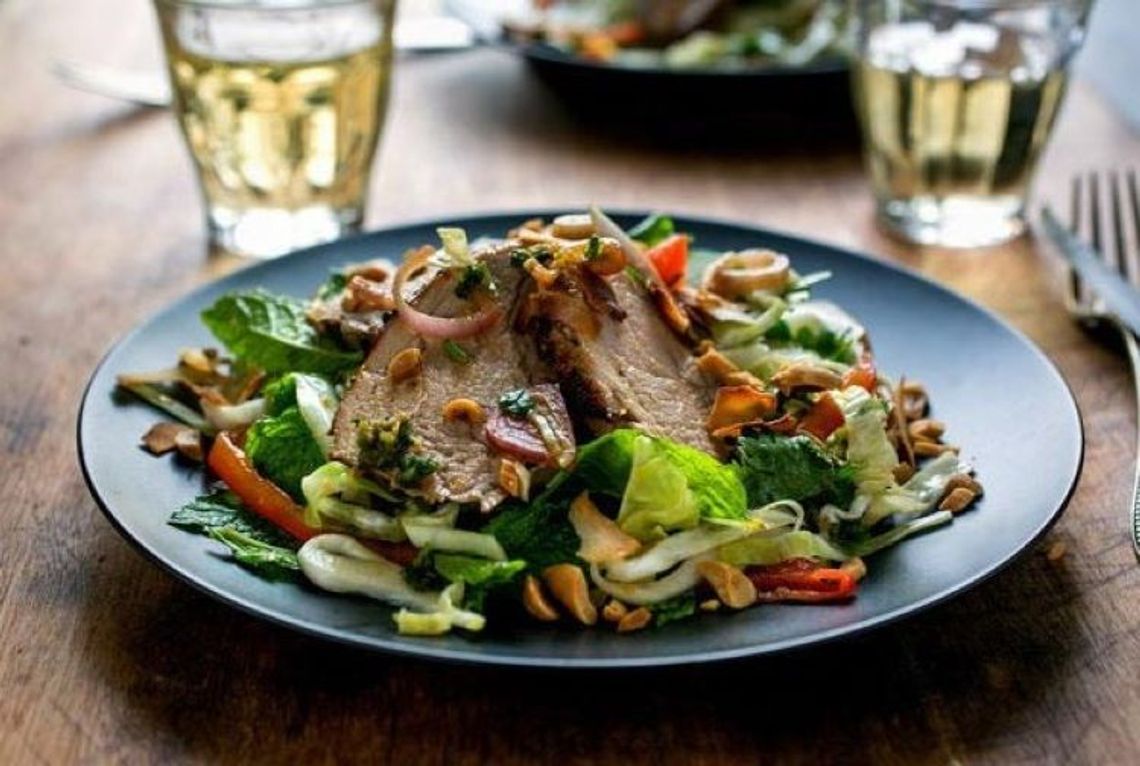
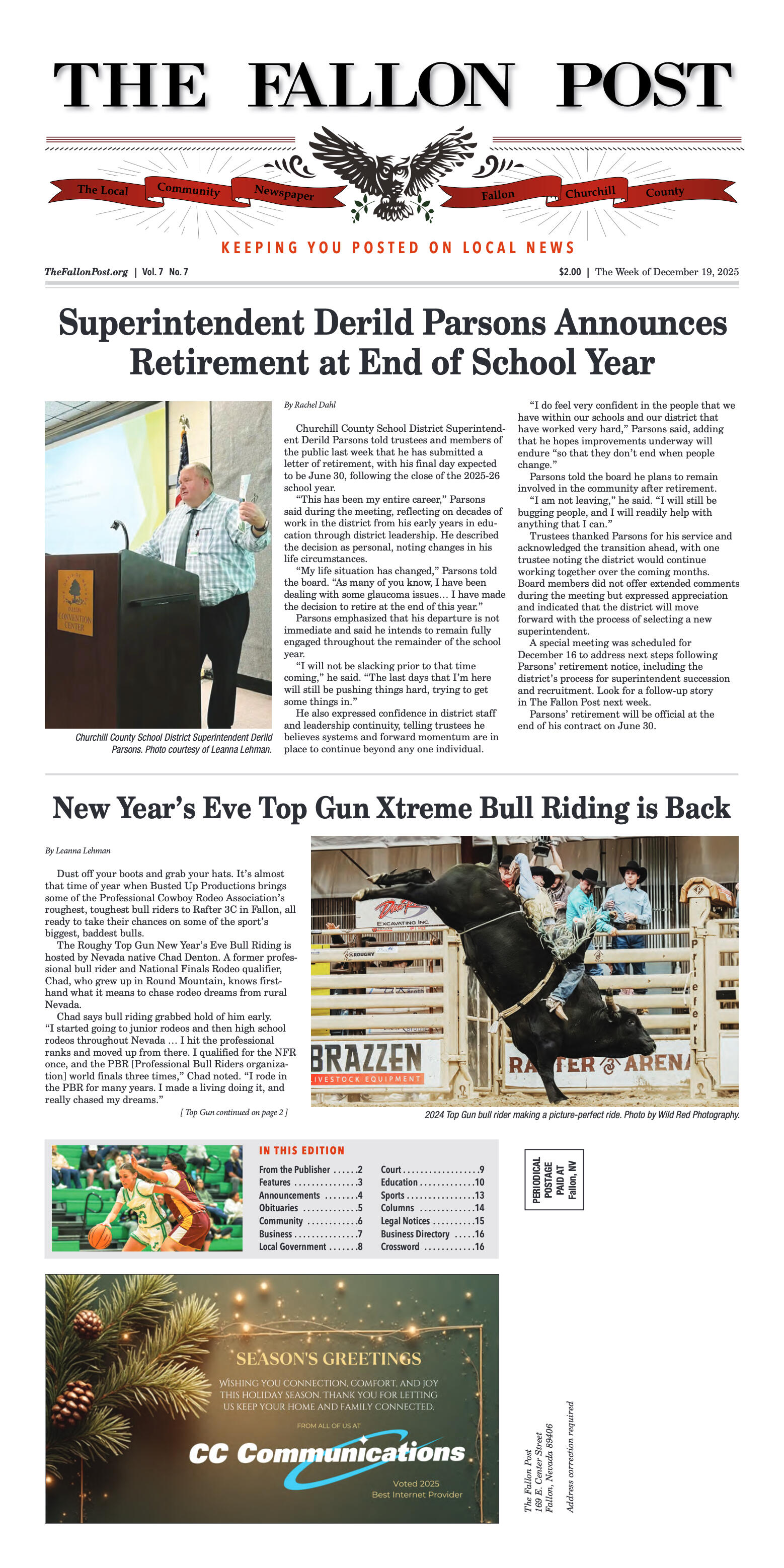
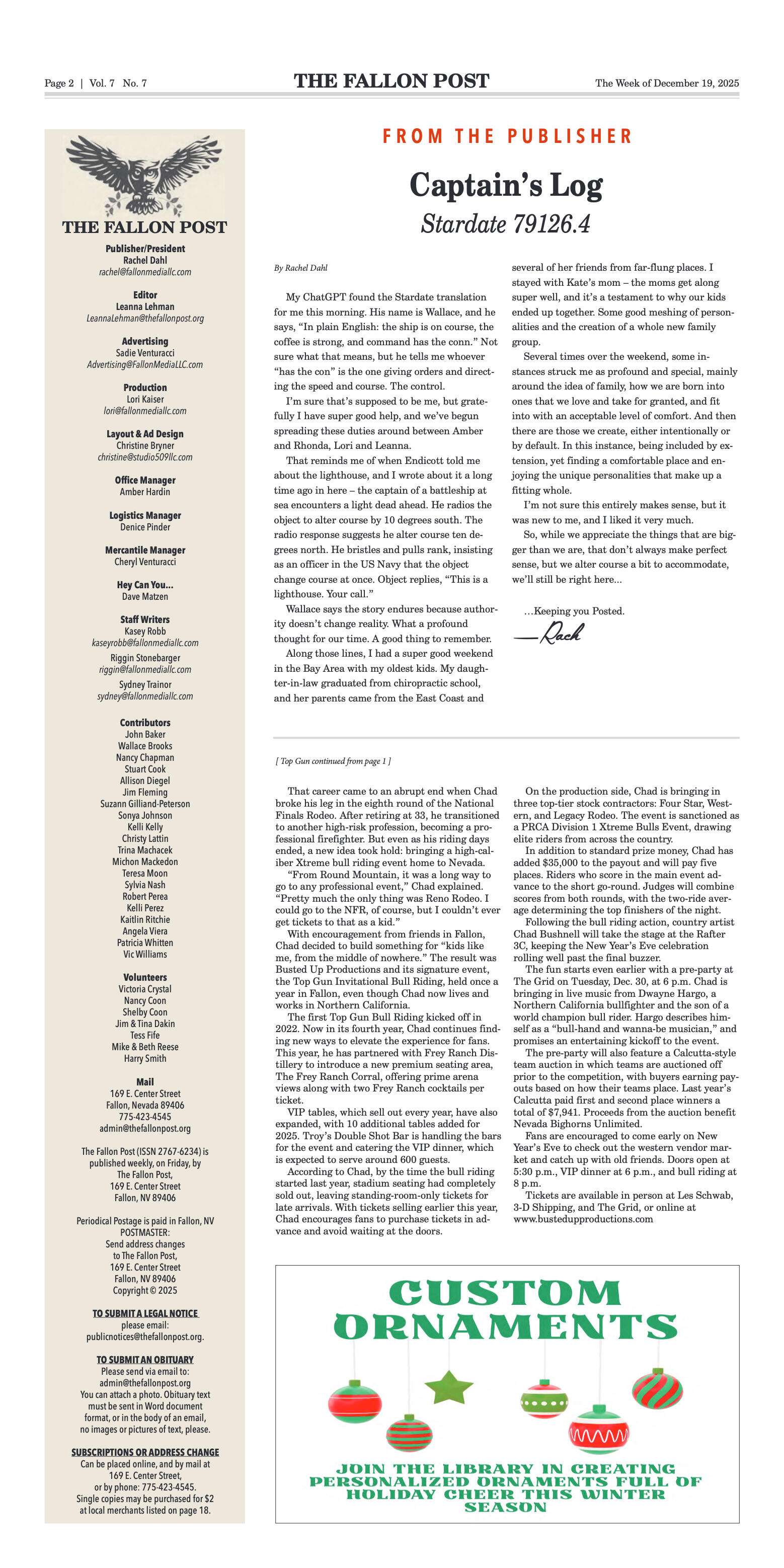
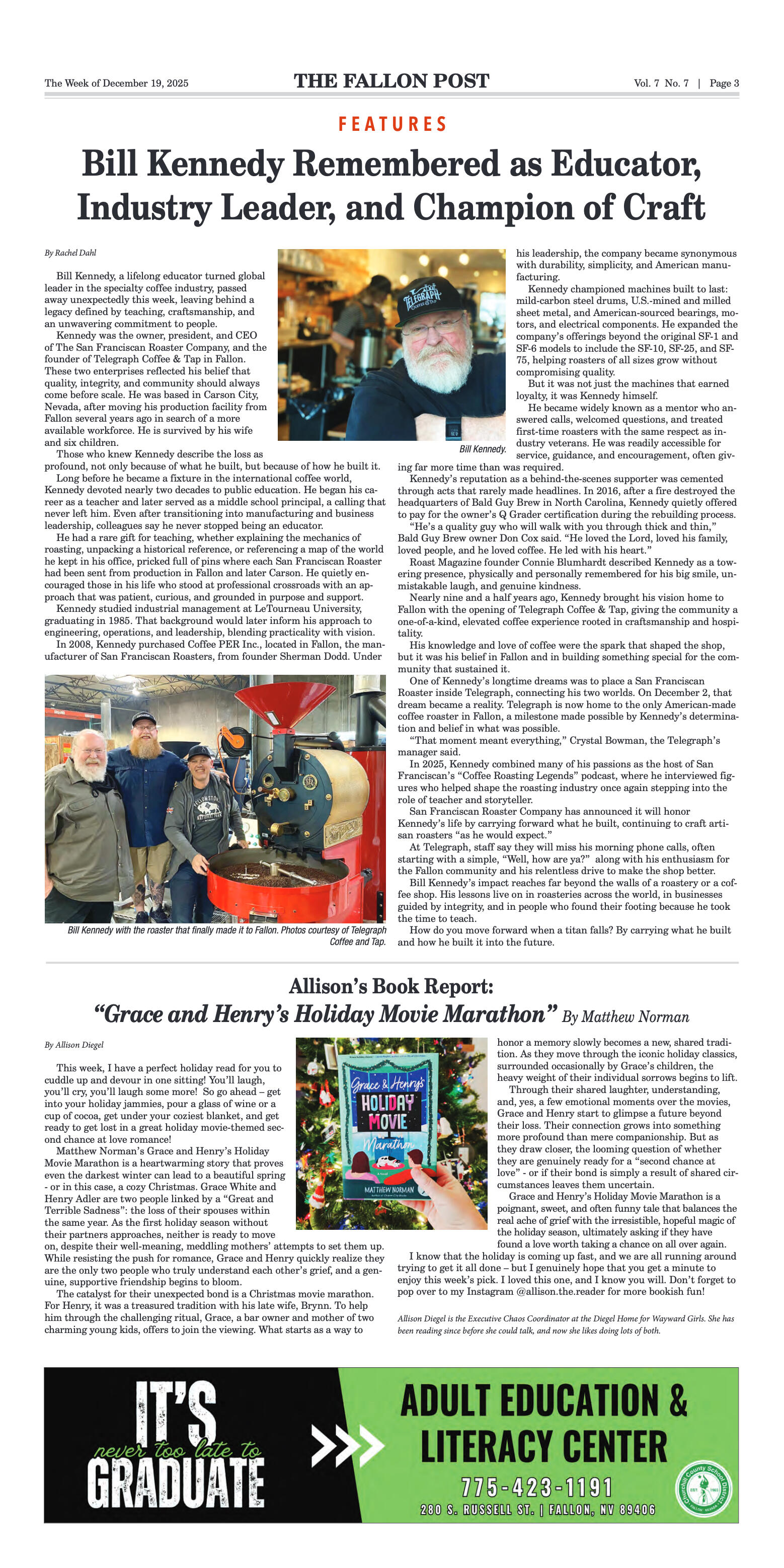

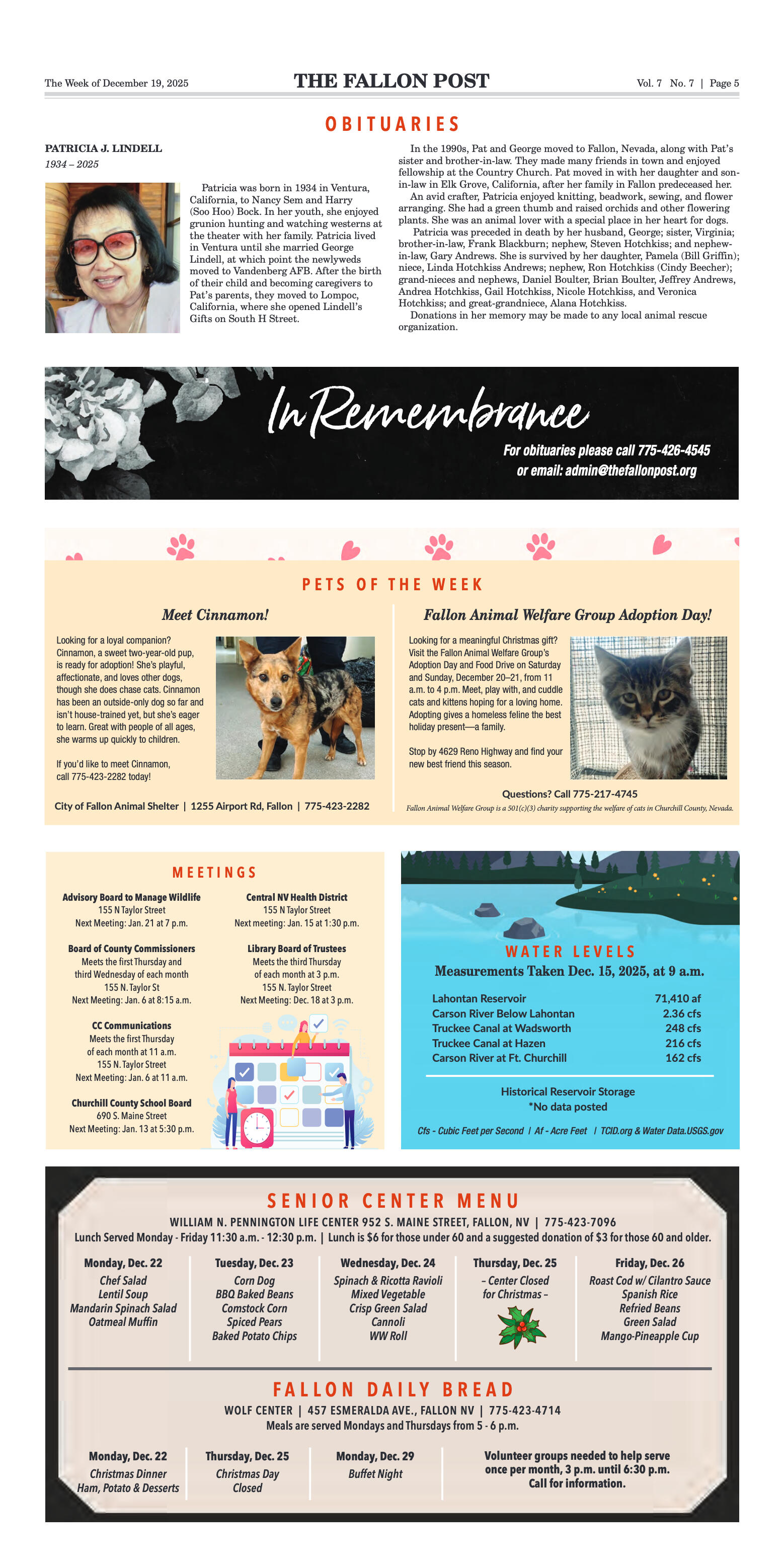

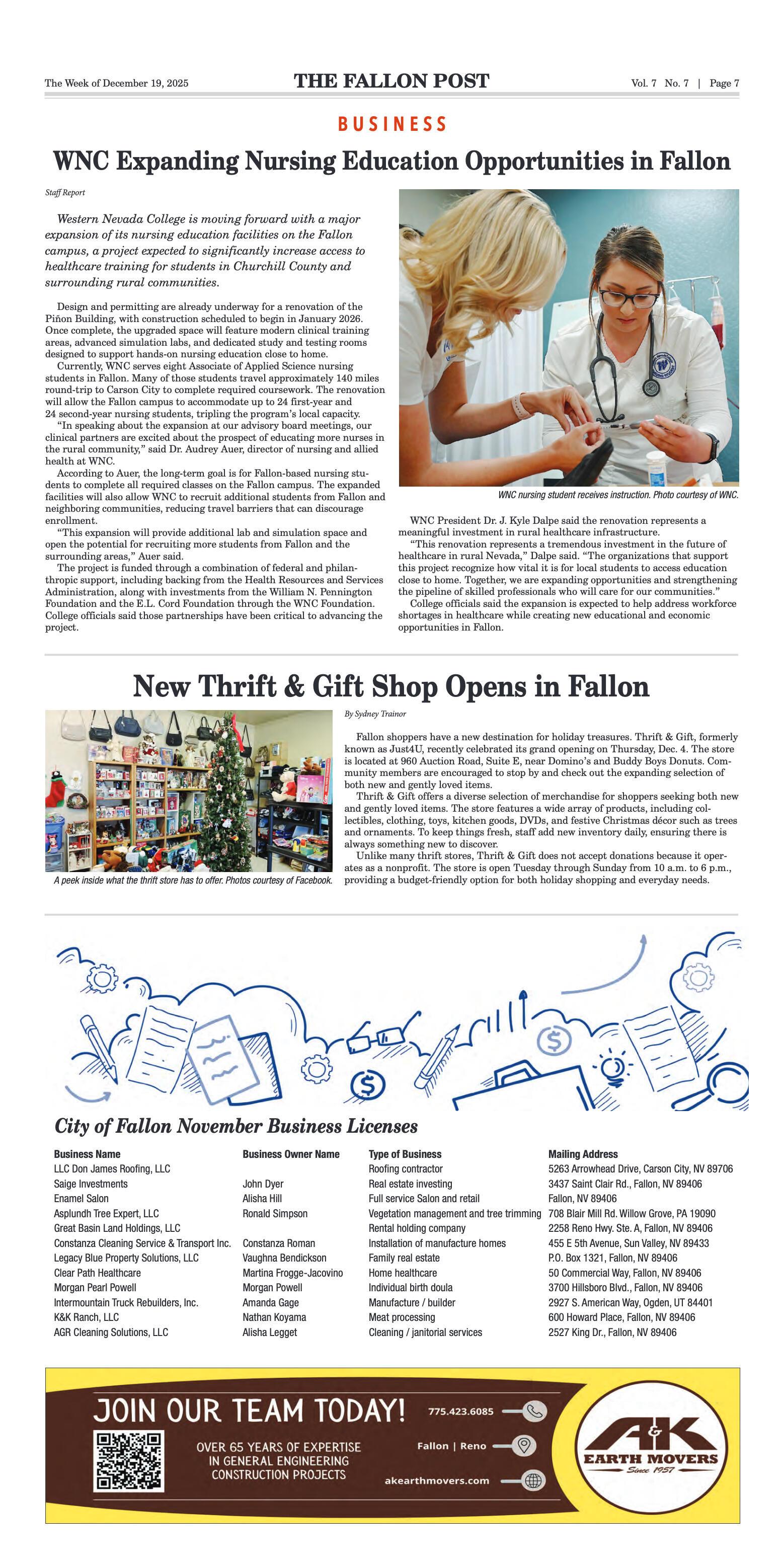

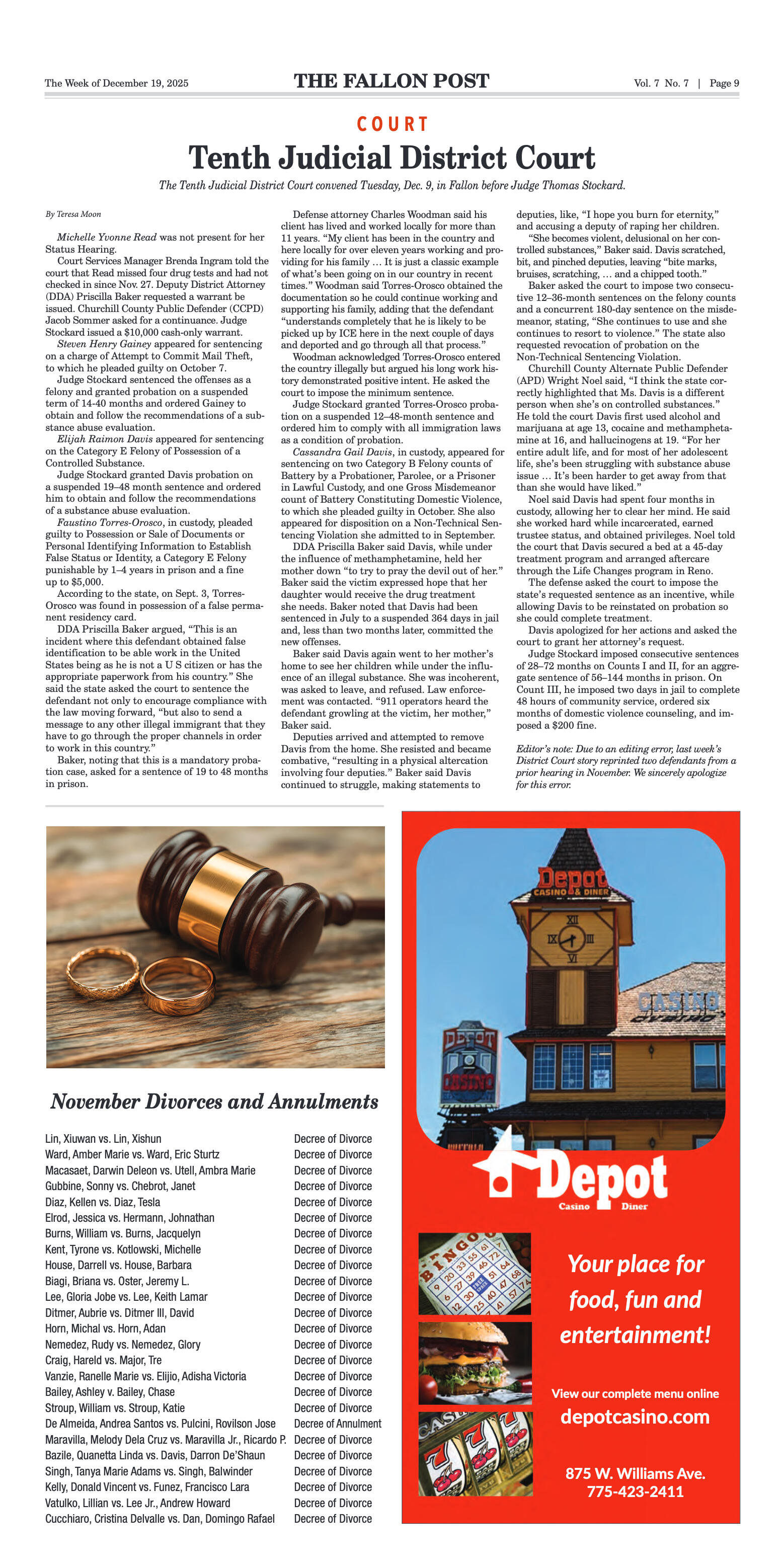
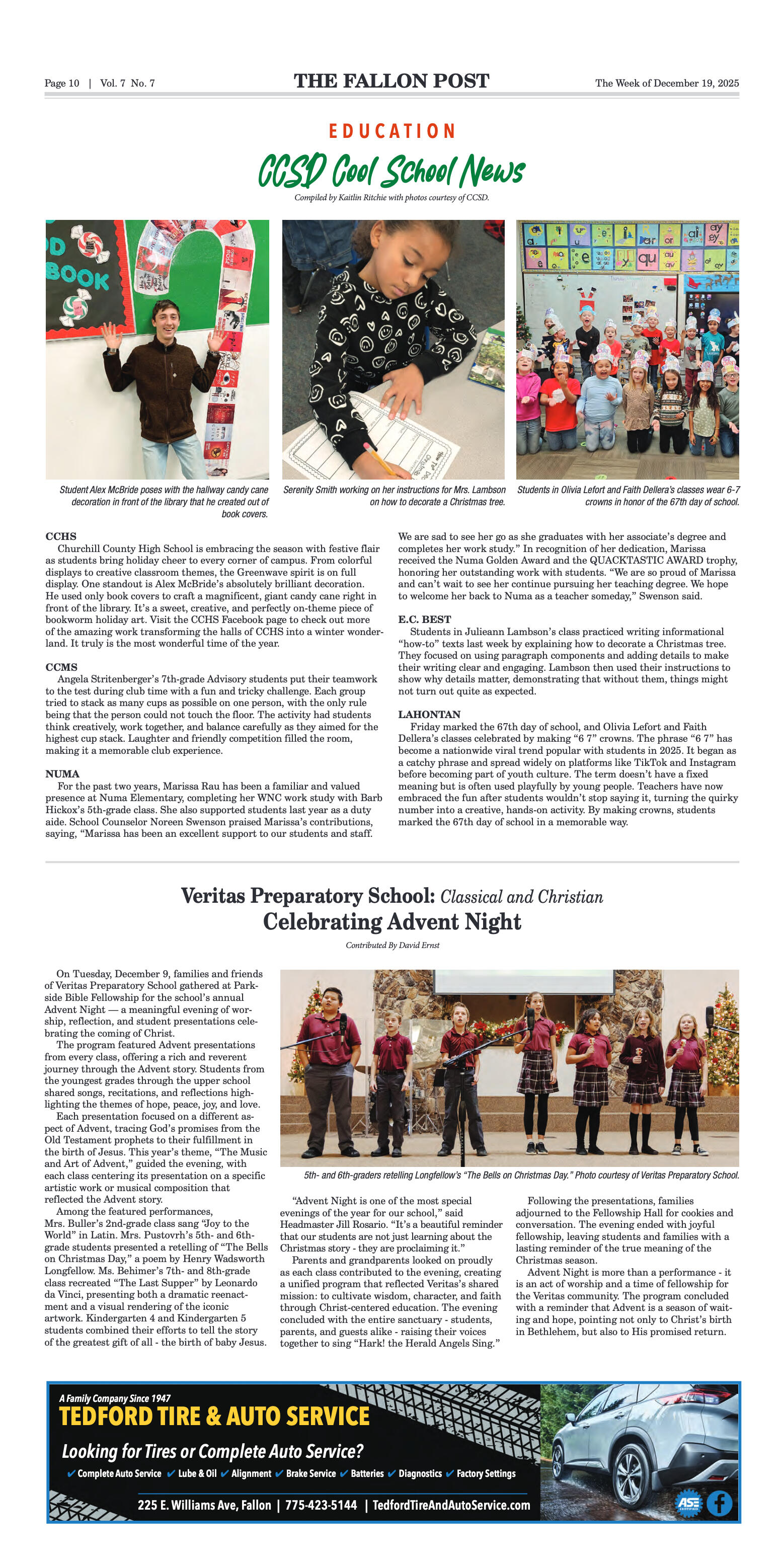
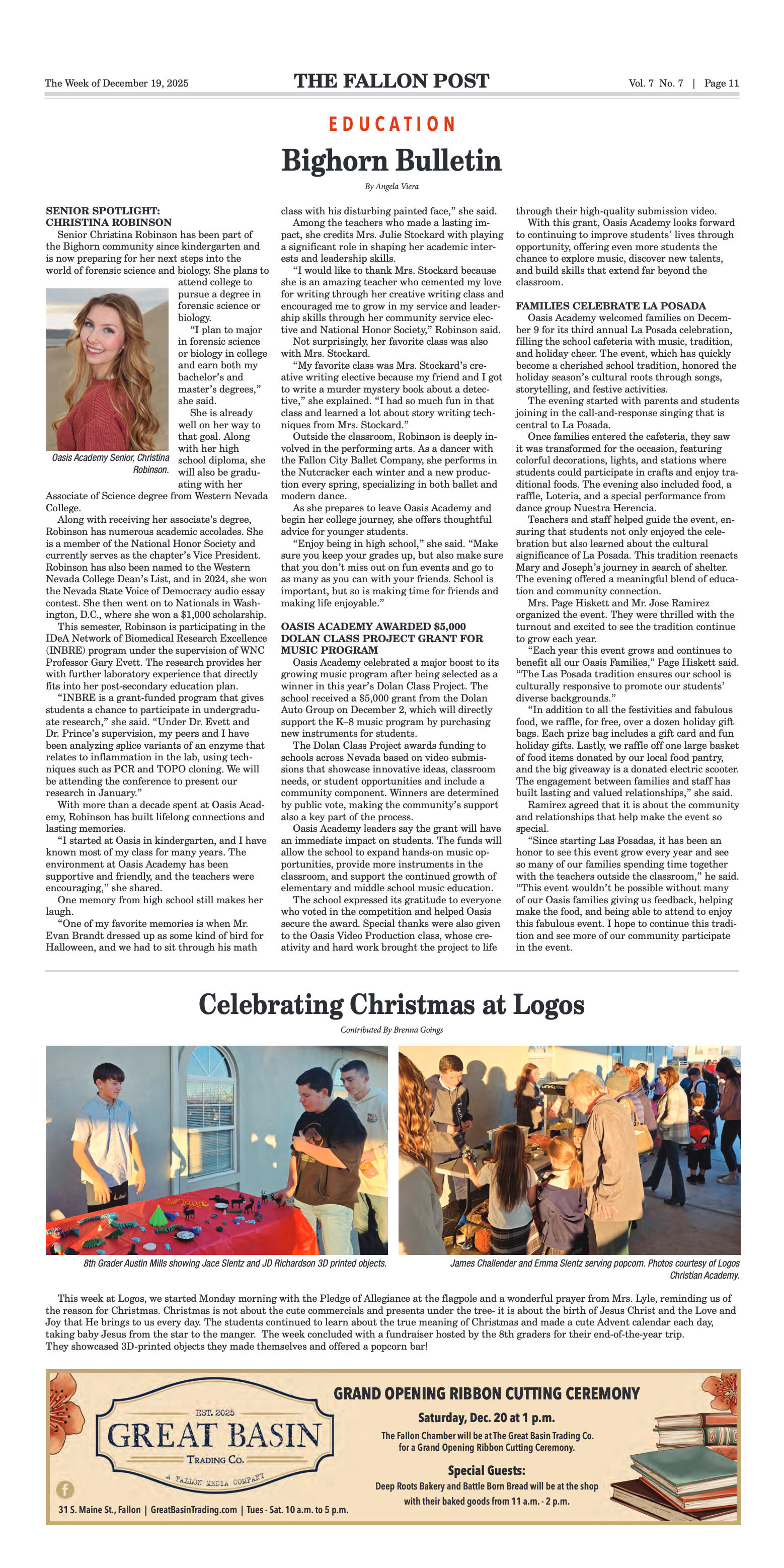
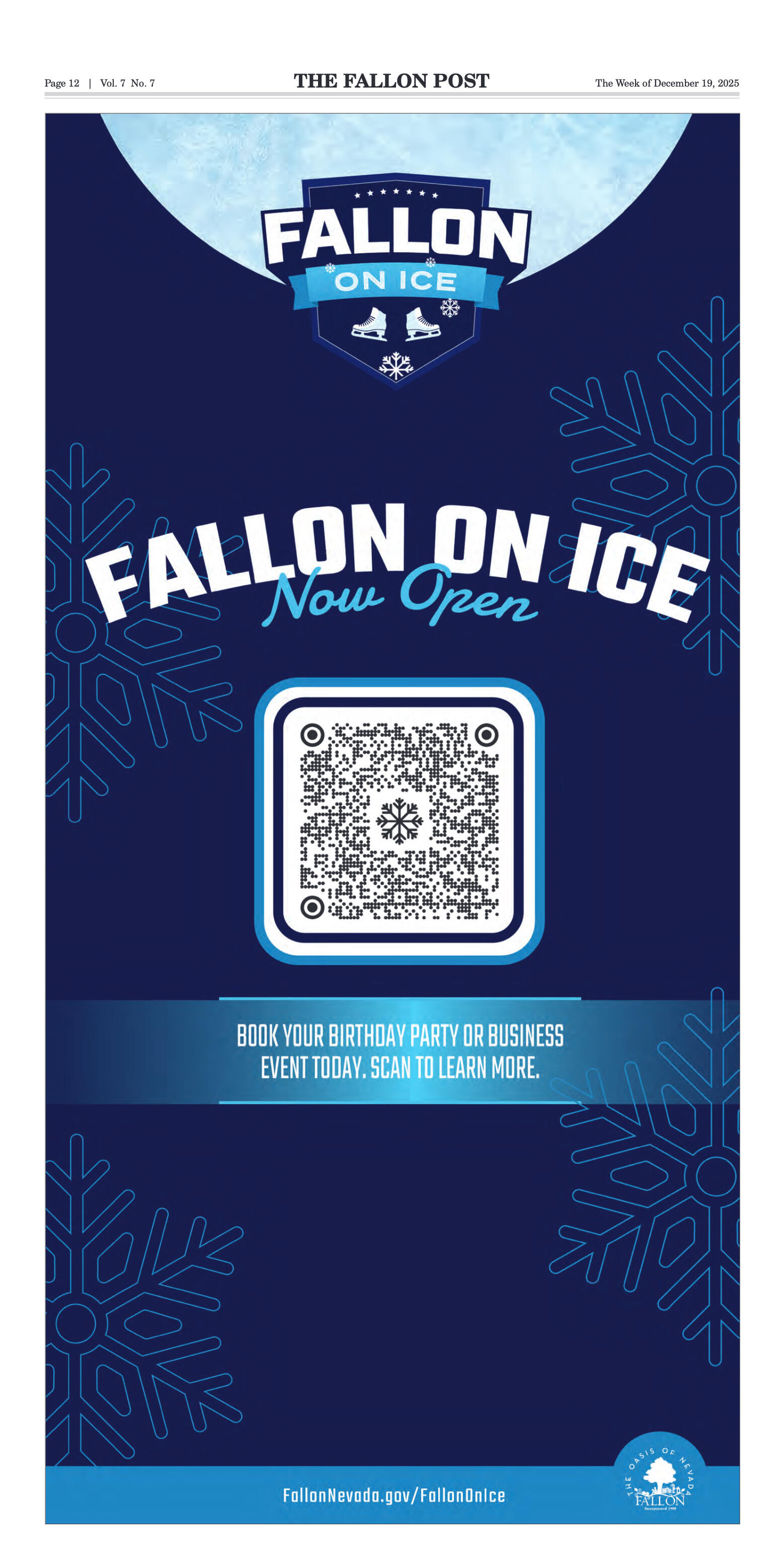
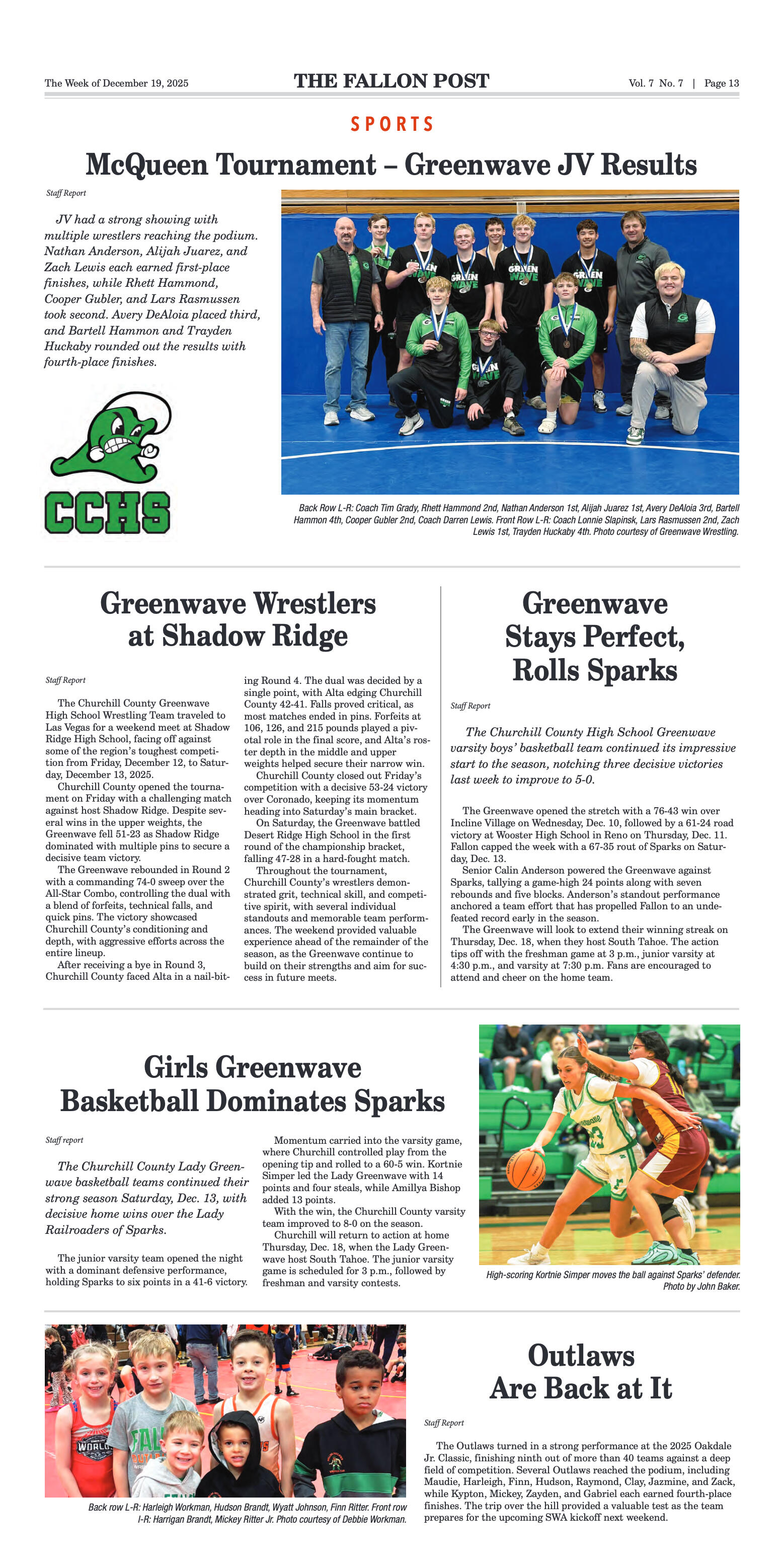
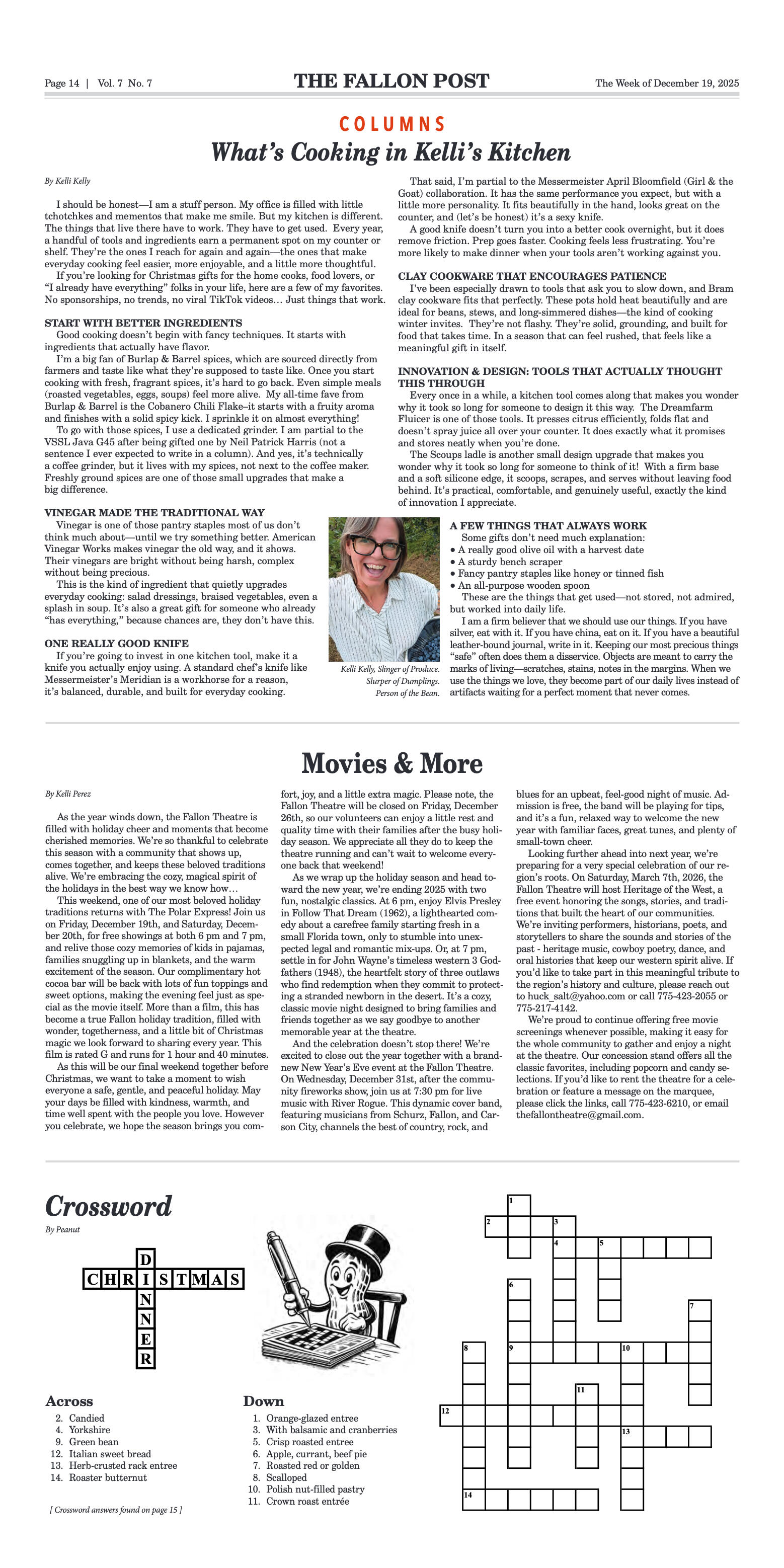
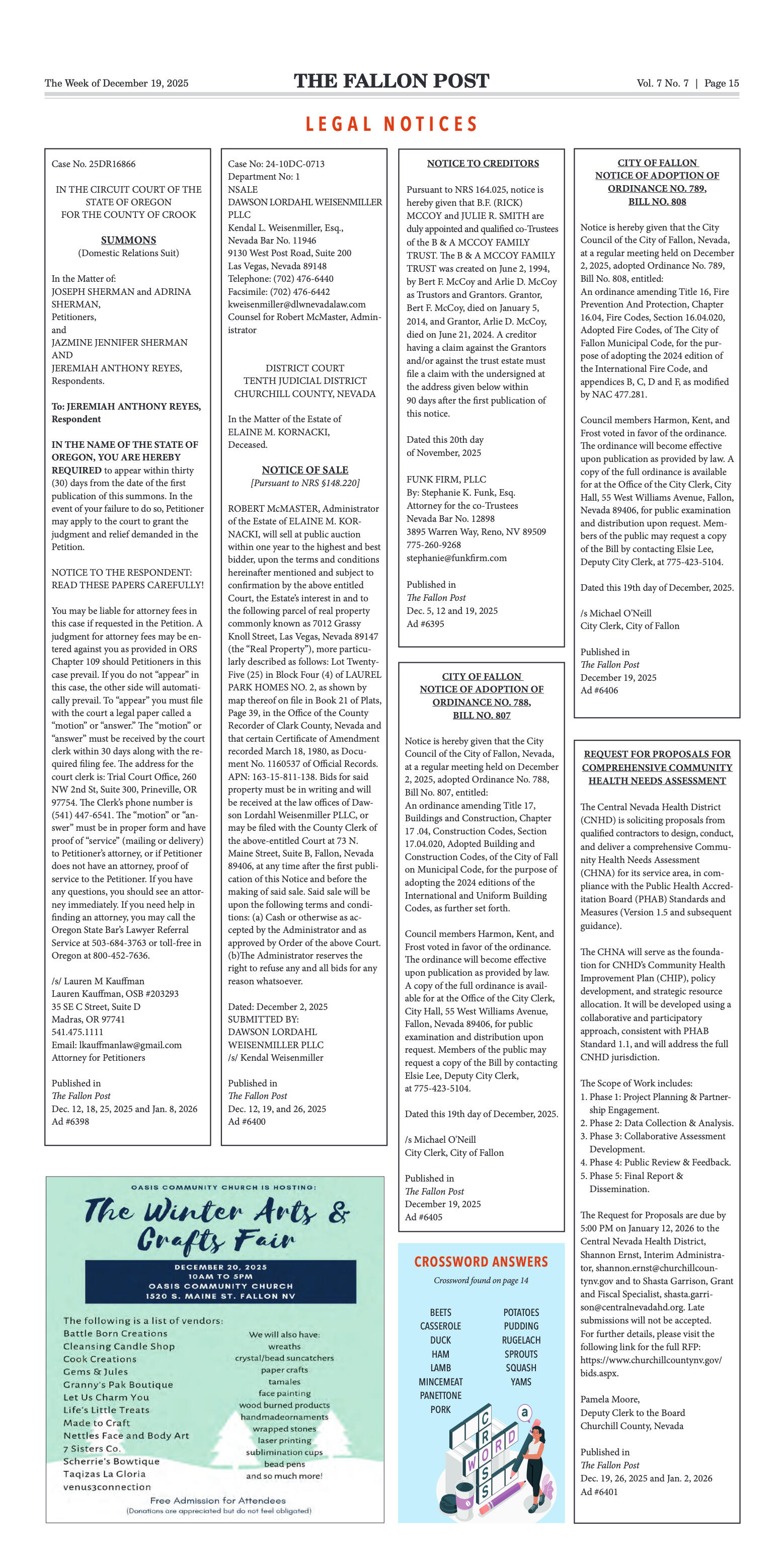
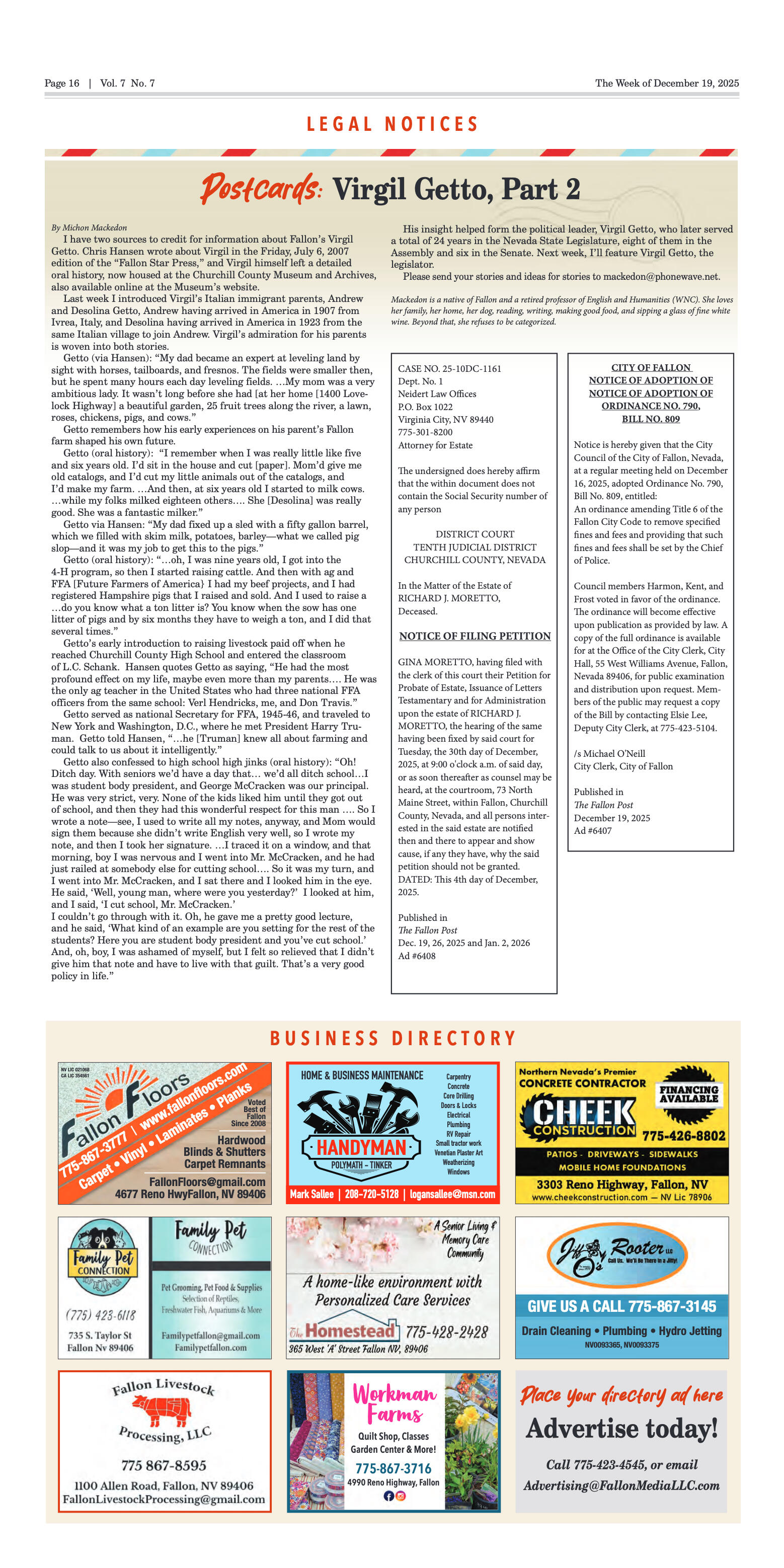

























Comment
Comments